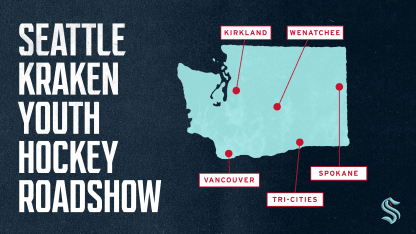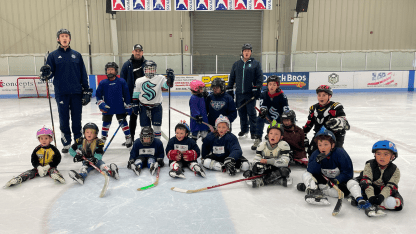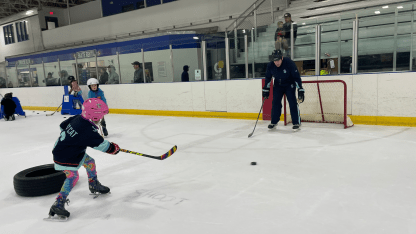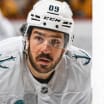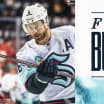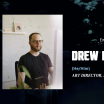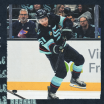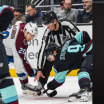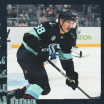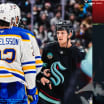Back in 2021 when Kraken Community Iceplex was still under construction, the team’s learn-to-play-hockey instructors traveled state-wide to introduce the sport to kids of all ages.
Fast-forward to this fall with hundreds of youth skating and stickhandling and smiling every week at the Iceplex, and the NHL squad coming off a two-rounds-of-playoffs season training on the same rinks where the kids take to the ice.
Those same instructors took to the road again on a try-hockey-for-free mission to keep the momentum going for youth hockey associations across the state. The stops included Sno-King Ice Arena and the rinks around the state, including Spokane, Tri-Cities, Wenatchee, and Vancouver, WA. A session at Bremerton is scheduled for later this month.
“The aim is to have beginners that have never tried hockey, or are in the very early stages, to get a free opportunity, receive coaching and have a good experience,” said Martin Hlinka, director of youth hockey for the Kraken Youth Hockey Association. “We hope the next step is they sign up [with their local associations] and become hockey players.”
“Growth is positive in every age group right now in this sport,” said David Min, a Kraken Community Iceplex player development coach who organized the roadshow. “Kids that are 10 to 16 years old represent a non-traditional entry, but throughout our experience, we consistently see kids in this age window hungry to join and play.
Min pointed out that clubs like Sno-King saw these trends and have created a pathway for their later start participants called Teens and Tweens. The Kraken Youth Hockey Association has a similar program called Sea League for kids from 9-16 years old who are at the beginner stages in their hockey career. Min said, “it’s great to see associations expand the grassroots pathways” as this will help introduce more players in the area.
The popularity of the Kraken and especially certain players (Matty Beniers and Philipp Grubauer among others) was evident at all stops. Lots of jerseys with favorite players’ numbers and Kraken gear of all varieties.
One example: Min said there were about 55 first-timers at the Sno-King session in Kirkland: “There was lots of energy, lots of Kraken jerseys, a very well-organized event [with association support]. You should have seen the line for Matty Beniers posters, mini-sticks, Kraken stickers, you name it. Kids were loving it. They were super-stoked on the ice and they loved leaving the rink with Kraken swag.”

